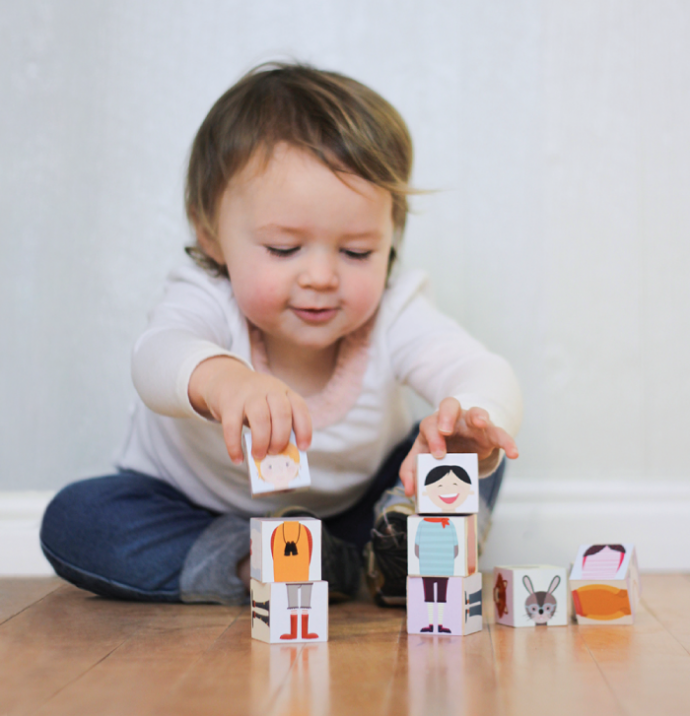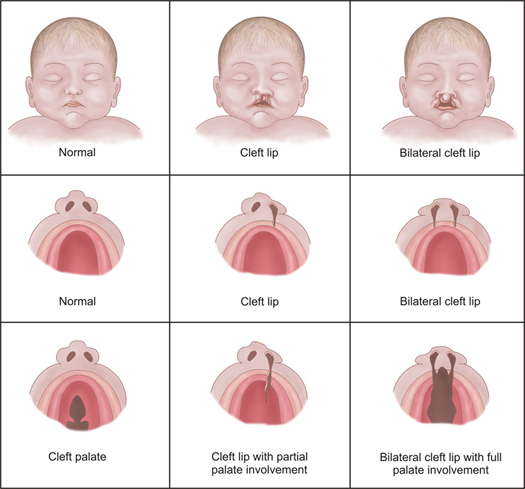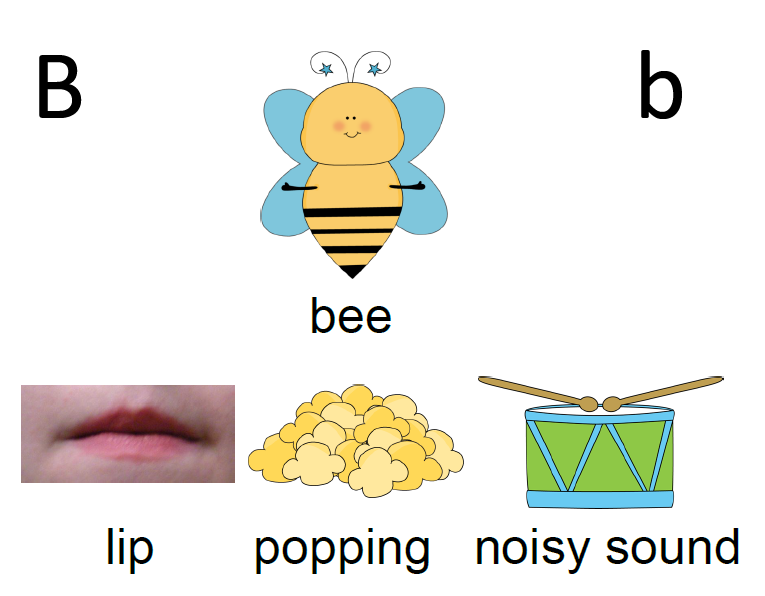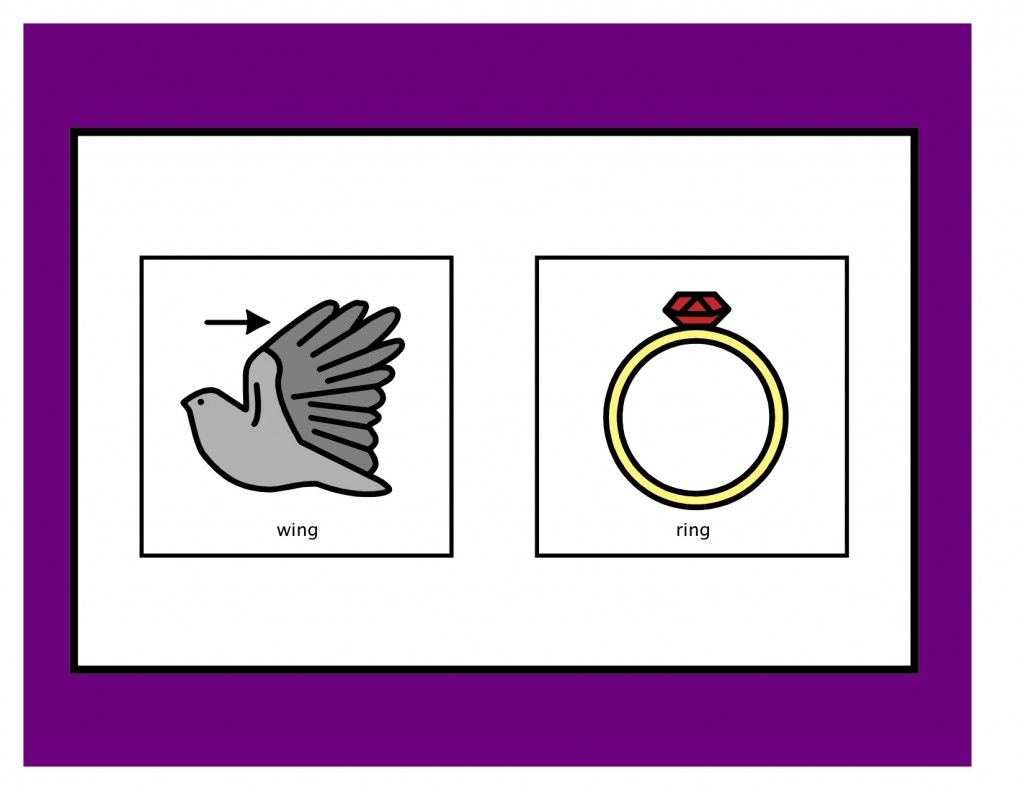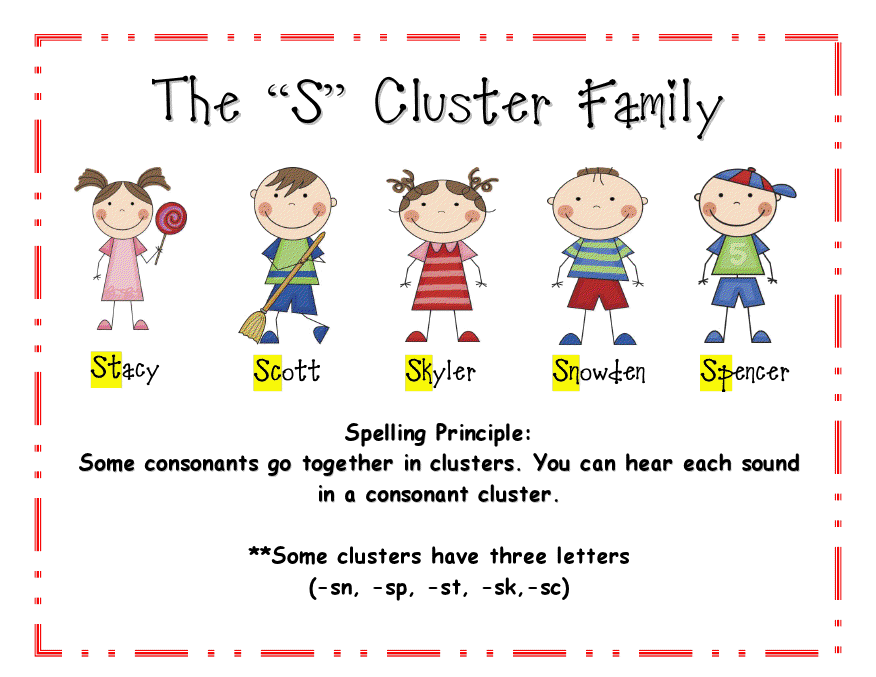If you’re the parent of a child in speech therapy, you might sometimes feel like you’re up against a wall of resistance. Maybe there are unknowns when it comes to your child’s speech disorder, and your child might be frustrated with the speech therapy routine or homework. As adults it is easier to see the big picture – that improved communication skills are so valuable for the future and worth the effort. For kids, however, speech therapy can be tiring, hard work, and sometimes even a source of insecurity among peers. Help your son or daughter set and reach speech therapy goals using a traditional business model – S.M.A.R.T. – and you’ll find that speech therapy might just get a little easier, and the goals a little closer. Continue reading

